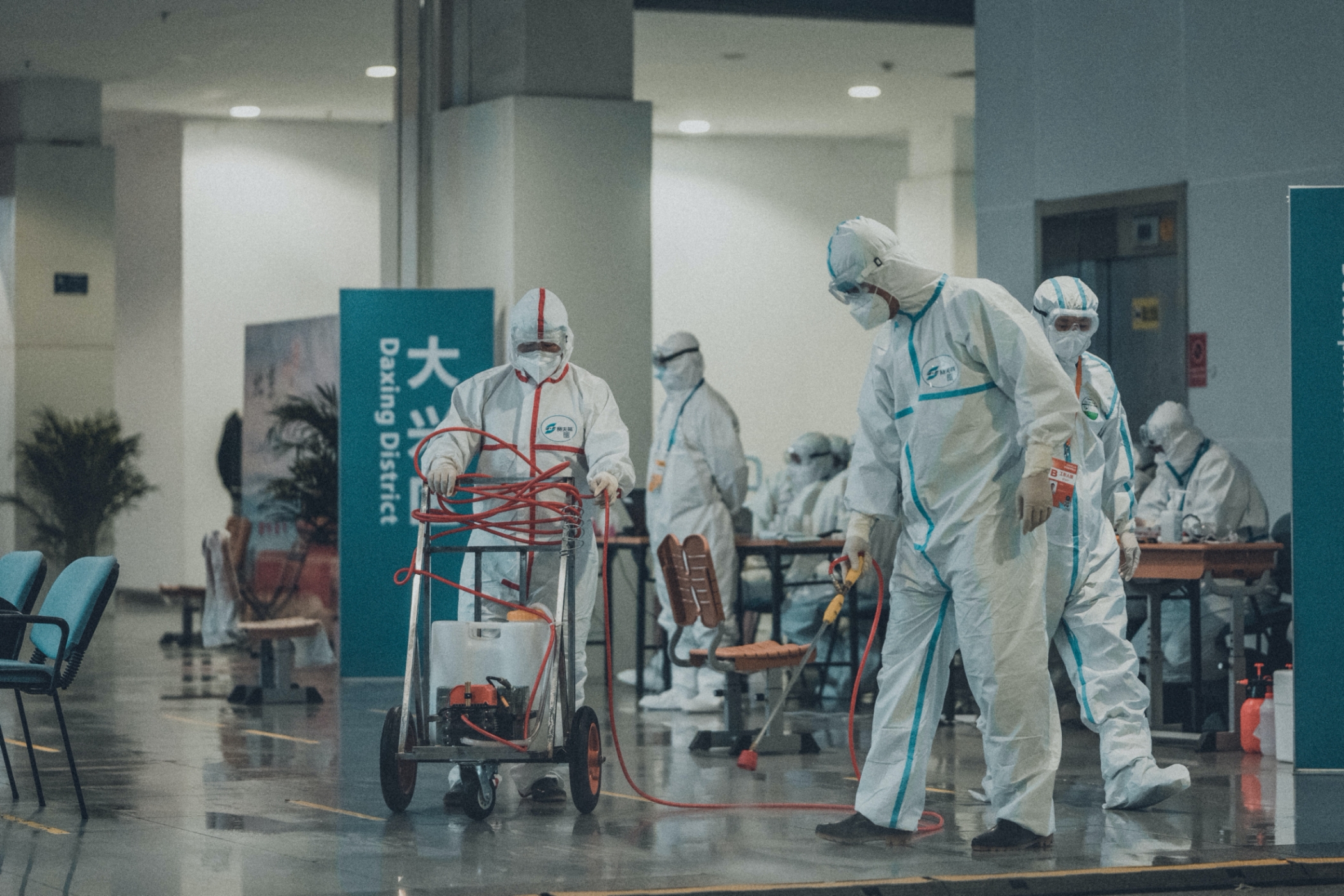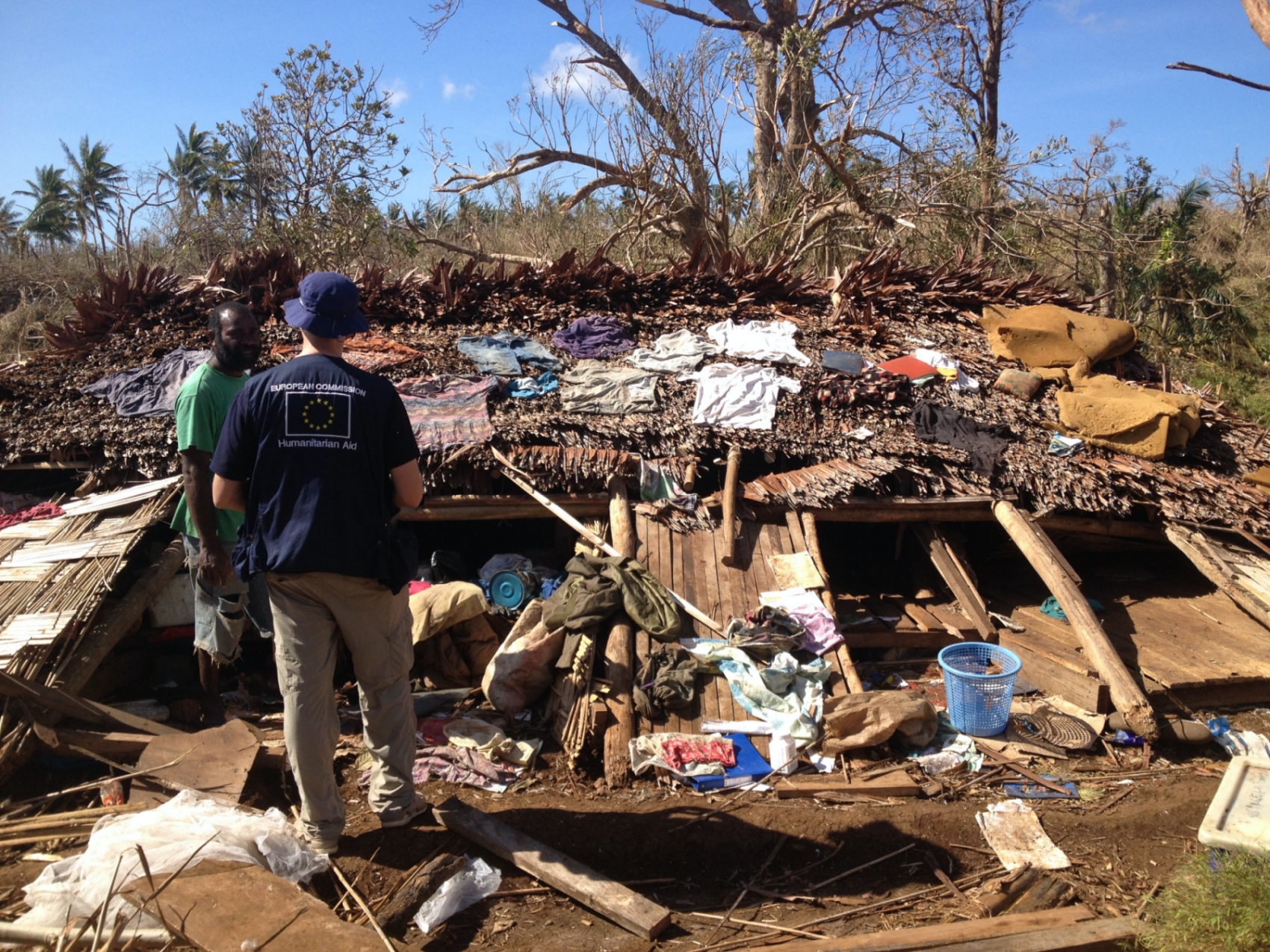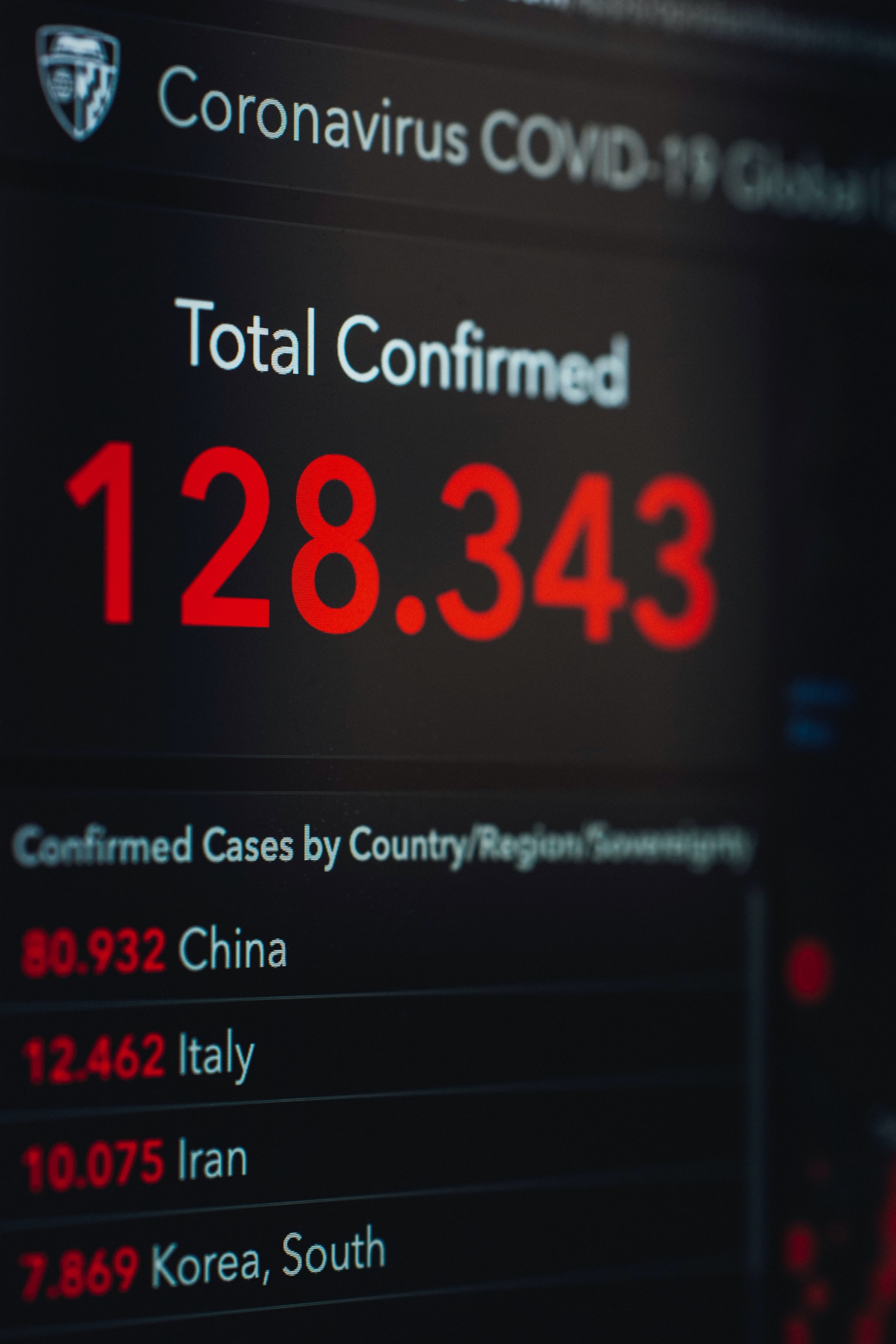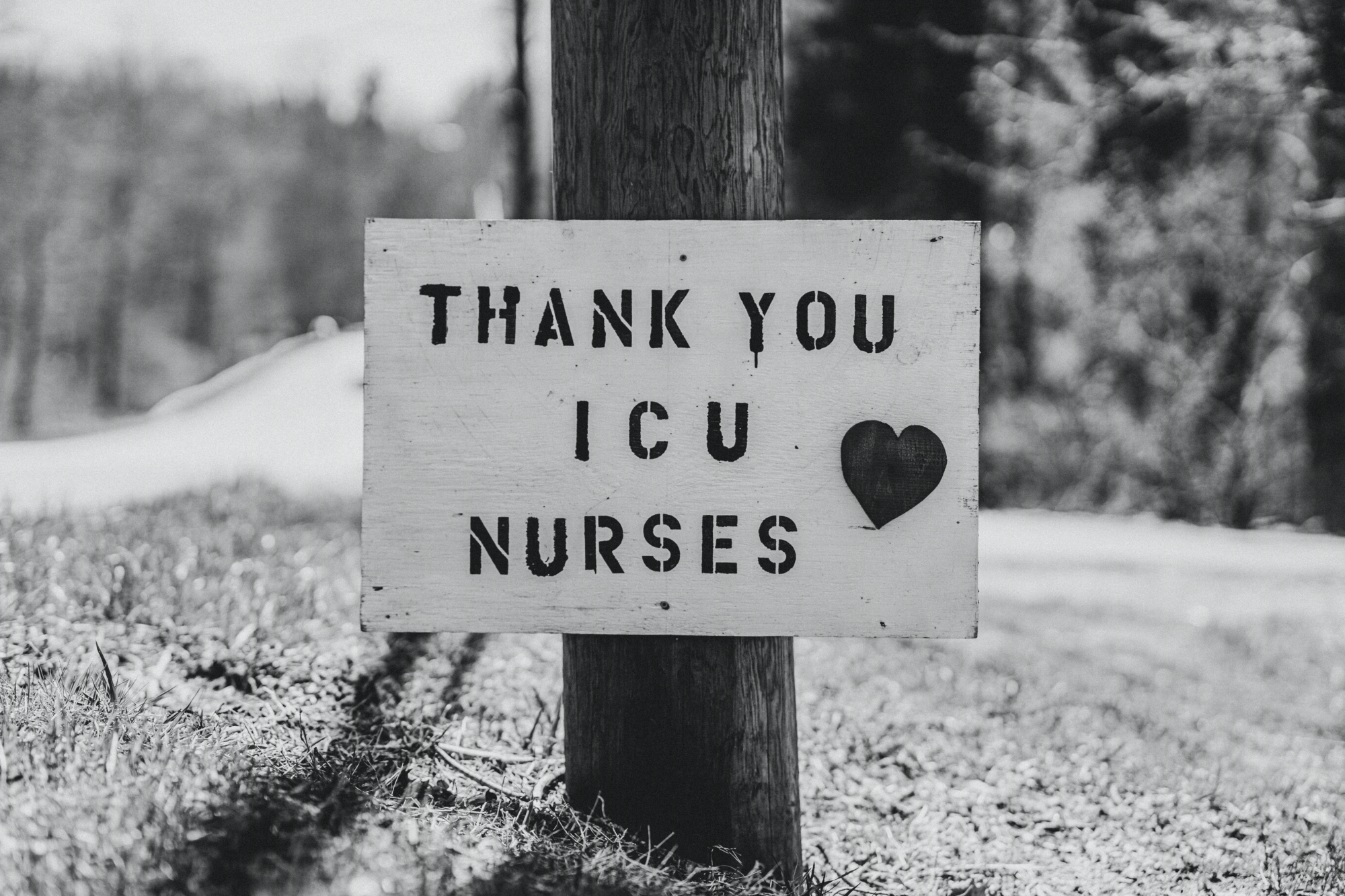Pandemics & Natural Hazards is a special series for the EOS Blog which looks at the compounding impacts of coinciding disasters. This first commentary is contributed by EOS' Hazards, Risks, and Society Group.

The current novel Coronavirus (COVID-19) pandemic has highlighted the ease with which healthcare capacity can be overwhelmed and what we consider ‘normal’ can be turned upside down. This isn’t the first infectious disease to threaten southeast Asia (and the world) and it won’t be the last.
In 2003, Severe Acute Respiratory Syndrome (SARS) provided a hint at the impact contagious diseases can have on normal operations. However, SARS spread more slowly and was much less infectious than COVID-19.
Following 2003, the emergence of a more contagious disease than SARS was well-recognised as a potential test for healthcare systems globally, and used for emergency management planning around the world. What has been less prepared for is the potential coincidence of a very contagious disease with another disaster...
In 2018, the Singapore National Research Foundation funded a scoping study to identify ‘Black Swans’ – events that are rare, unexpected and have significant consequences – for Singapore and Southeast Asia. Specifically, the project considered the potential for identifying Black Swans through a downward counterfactual analysis, that is to think about how past crises could be much worse with a credible change in circumstances (learn more about the project here).

Real-life examples of this are beginning to happen during this crisis. For example, on the 6th of April 2020, while the small Pacific island country of Vanuatu was in a state of emergency due to COVID-19, the category 5 Cyclone Harold struck the country killing 27 people and caused a broad swathe of destruction across the islands.
This came on the back of two recent disasters having also impacted Vanuatu: Cyclone Pam, which struck the islands in 2015, affected up to 90% of the country’s buildings; and the eruption of Manaro Voui volcano in 2017 and 2018, which displaced residents on Ambae island and destroyed homes and livelihoods. The nation now faces a significant challenge in rebuilding and rehabilitating, with borders still closed due to COVID-19, leading to a delay in humanitarian supplies and help. Such coinciding events (COVID-19 and a category 5 typhoon) are one clear mechanism for causing ‘Black Swan’ events.
Here, we consider a few, now very realistic, scenarios in which the current COVID-19 crisis can be much worse, with the addition of another stressor to the system.

An Overwhelmed Healthcare System:
The numbers of critical care beds vary around the world; for example, Taiwan has one such bed for approximately every 3,500 people while Bangladesh has one for approximately every 143,000 people. The COVID-19 crisis is resulting in an unexpected influx of patients needing critical care. Couple this with an additional crisis that would also typically flood the critical care system, in addition to the normal everyday accidents and emergencies that need critical care, and we have a situation in which people must be turned away from Intensive care, leading to loss of life. Unfortunately, this is more likely to occur in lower income countries with limited capacity for critical care in the first place.
A Reduced and/or Delayed Humanitarian Response:
Humanitarian relief and assistance for disasters or conflicts has in the past been mobilised within hours, greatly helping a disaster-stricken country to cope and recover. The current closure of borders worldwide, and the recall of humanitarian workers from vulnerable countries due to COVID-19, means that humanitarian organisations will not be able to respond in an as efficient or practical way as usual. The charitable response to disasters during times of coinciding crises also appears to be much reduced: for example, within 3 days of Cyclone Pam striking Vanuatu in 2015, AUD$7 million had been raised through World Vision, within 1 week of Cyclone Harold striking the same country in early April, at the same time as the COVID-19 crisis, donations did not reach AUD$1 million.
Depletion of Government Contingency Funds:
Governments often rely on contingency funding structures in order to weather disasters. These enable national authorities to keep stable budgets, so that any single catastrophe doesn’t incapacitate their ability to deliver standard services to the population. The release of such funds is usually tied to a declaration of emergency. The COVID-19 crisis has already led to the declaration of emergency by countries around the world, releasing contingency funds to prepare for or respond to the pandemic. This is indeed the purpose of these funds, but it also means that any additional disaster (e.g. hurricane or earthquake) would no longer benefit from contingency funds to support response and recovery, since they will have already been depleted.

Some Positive Lessons:
While the current COVID crisis will certainly exacerbate the impacts of natural hazards, our experience in disaster response and recovery sheds some light onto how to respond to the current crisis. One positive note is that contrary to most common beliefs about disasters and crisis situations, altruism and mutual support is a far more common human response than anti-social behaviour. Disaster researchers have long demonstrated that characterisations of post-disaster looting, violence and other anti-social behaviour are a myth. Humans, when experiencing a collective crisis, do not degenerate and promulgate social chaos. They tend to engage instead in spontaneous social mobilisation for mutual support. Already we are seeing this around the world, and it will be instrumental for the fight against COVID-19 as it is for natural hazards.
Finally, each disaster provides an opportunity to learn, with the ultimate aim being to better manage, and therefore lessen the impact, of any future crises. Past lessons learned are now proving useful to the management of COVID19, and the experiences from this crisis will hopefully mitigate the impacts of future crises.